The IRRAD Proton Facility Journey to get new detector systems ready for the Long Shutdown 3
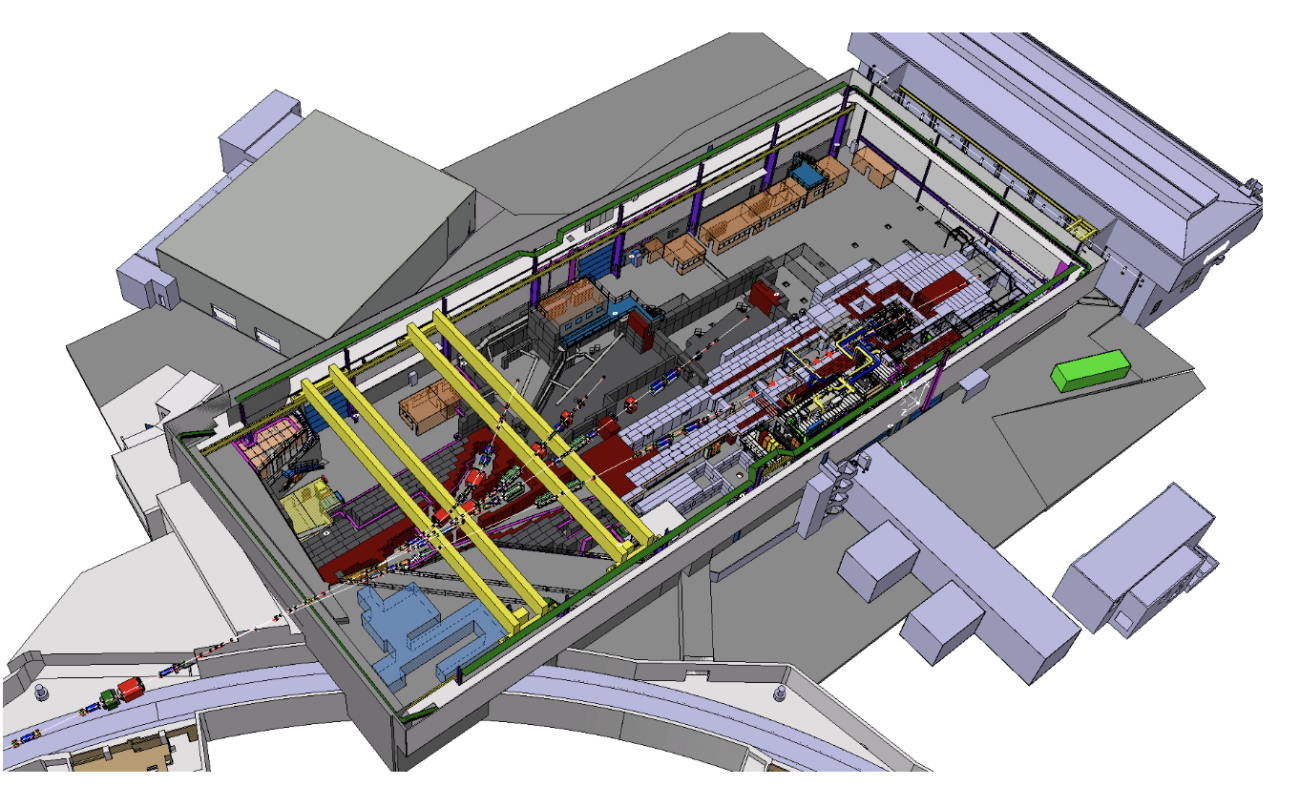
The proton irradiation facility (IRRAD) at the PS East Area was built during the LS1 to cope with the increasing needs for radiation tests of the experimental community working for the HL upgrade of the LHC and beyond. The IRRAD facility, operated by the team in the EP-DT-DD section and exploiting the 24 GeV/c proton beam of the PS, is part of a more complex infrastructure that includes on the EA-T8 beamline the mixed-field facility CHARM operated by the BE department but also serves as a test-bench to benchmark the efficiency of radiation shielding materials (CSBF test station) [1].
The year 2021 marked the official end of the LS2 period for IRRAD, and of the renovation of the whole PS East Area building, primary and secondary beamlines coordinated by the BE-EA group [2]. Being newly built during the LS1, the IRRAD beam area and its equipment underwent regular preventive maintenance interventions but upgrades to the beam area and irradiation equipment were not foreseen. The LS2 period was instead devoted to the improvement of the external service zone for the IRRAD users: during the first semester 2021, the new operational storage area and gamma spectrometry laboratory for IRRAD, built on top of the existing storage bunkers, was fully equipped by EP-DT and put into operation as shown in Figure 1. At the centre of the picture, behind the operator, a new High-Purity Germanium (HPGe) gamma spectrometer is visible. This new device comes to reinforce the pool of detectors used in IRRAD to perform beam dosimetry measurements with thin metal activation-foils for the determination of the proton intensity delivered to the IRRAD samples.
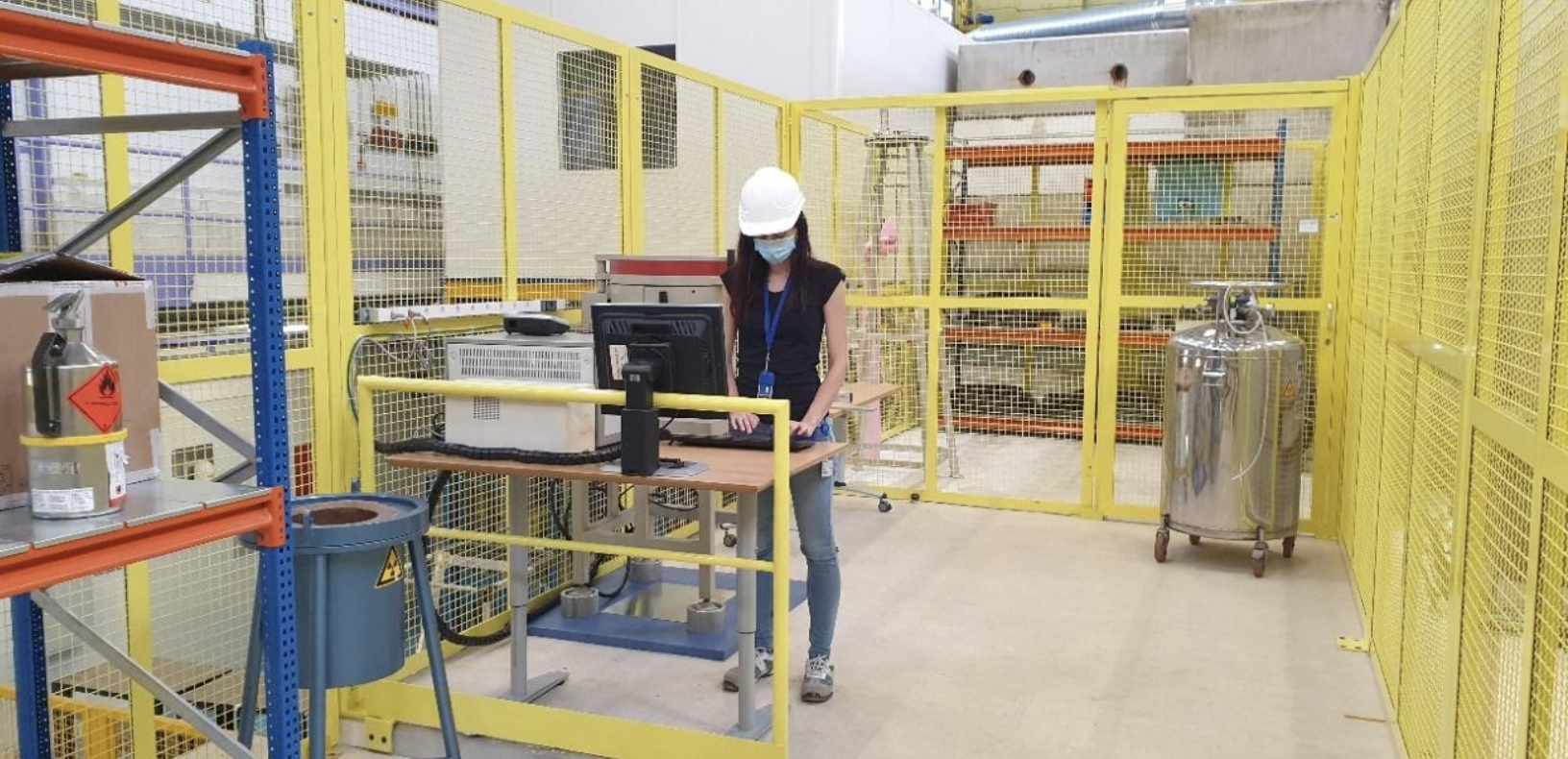
Figure 1: New operational storage area extended after the LS2.
Moreover, since very often post-irradiation measurements are required by the IRRAD users, the newly created workshop space at the ground floor was refurbished and equipped with a set of new characterisation tools. This includes a new state-of-the-art electrical characterization test-bench composed by a Suss PM8 Probe Station (equipped with 4 Manipulators, a thermo-chuck from 5˚C to 125˚C and a vibration isolated table in an EM isolated dark box) coupled with a Keithley 4200A Semiconductor Parameter Analyser (now upgraded with high-voltage capabilities) and a 100-litres Temperature & Humidity Test Chamber, from LIB industries.
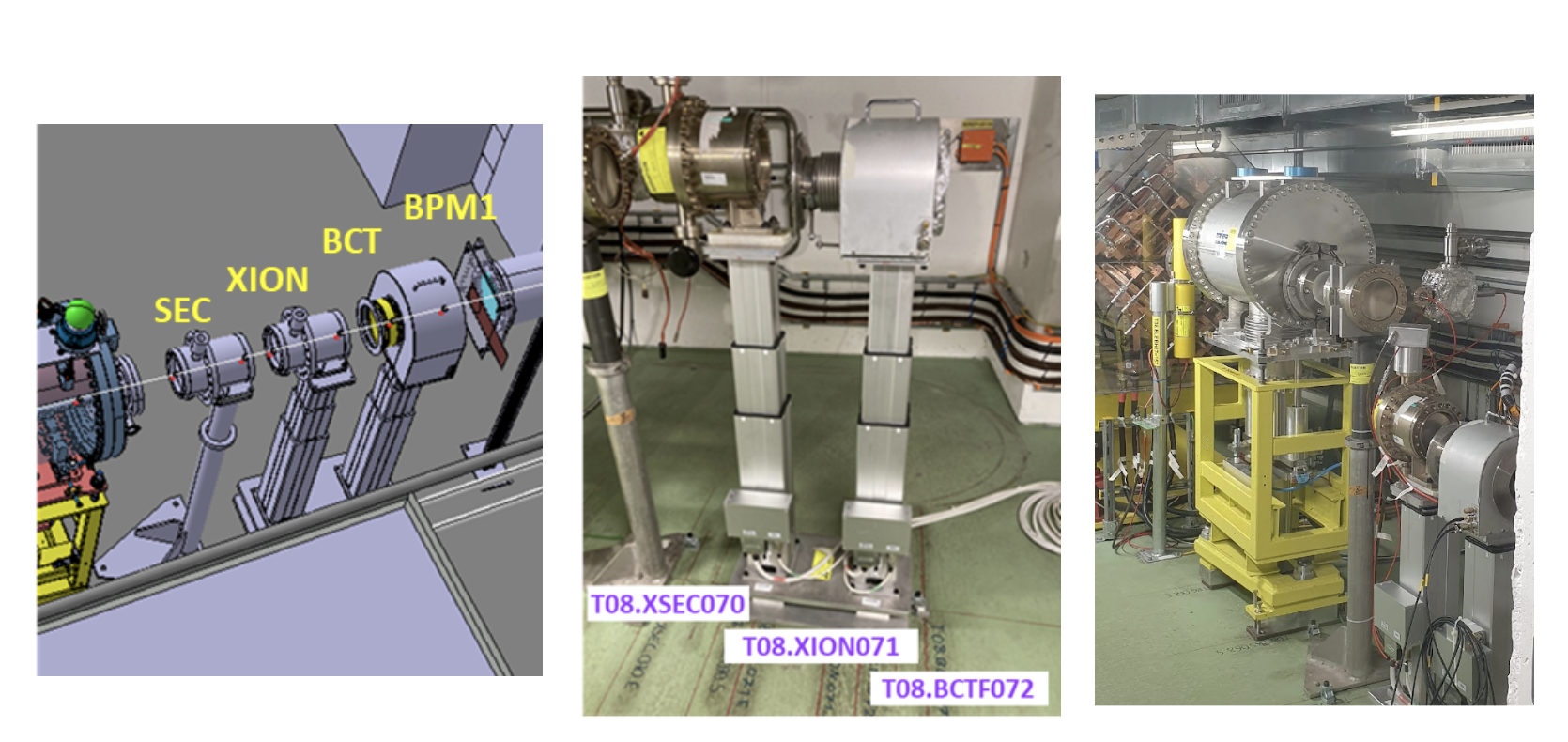
Figure 2: New set of beam instruments on T8 (left). BCT and XION mounted on telescopic feet and complementing the existing XSEC devices, installed upstream of IRRAD (centre and right).
On the T8 beamline instead, the installation and commissioning of the new set of movable beam instruments, including a Beam Current Transformer (BCT) and new Ionization Chambers (XION), was also performed during the LS2 as shown in Figure 2. These new instruments, installed in collaboration with the SY-BI and BE-CEM groups, in addition to the IRRAD Beam Profile Monitors developed by EP-DT [3] are nowadays used to characterize with increased accuracy the proton beams developed by BE-OP and delivered to T8 for IRRAD and CHARM.
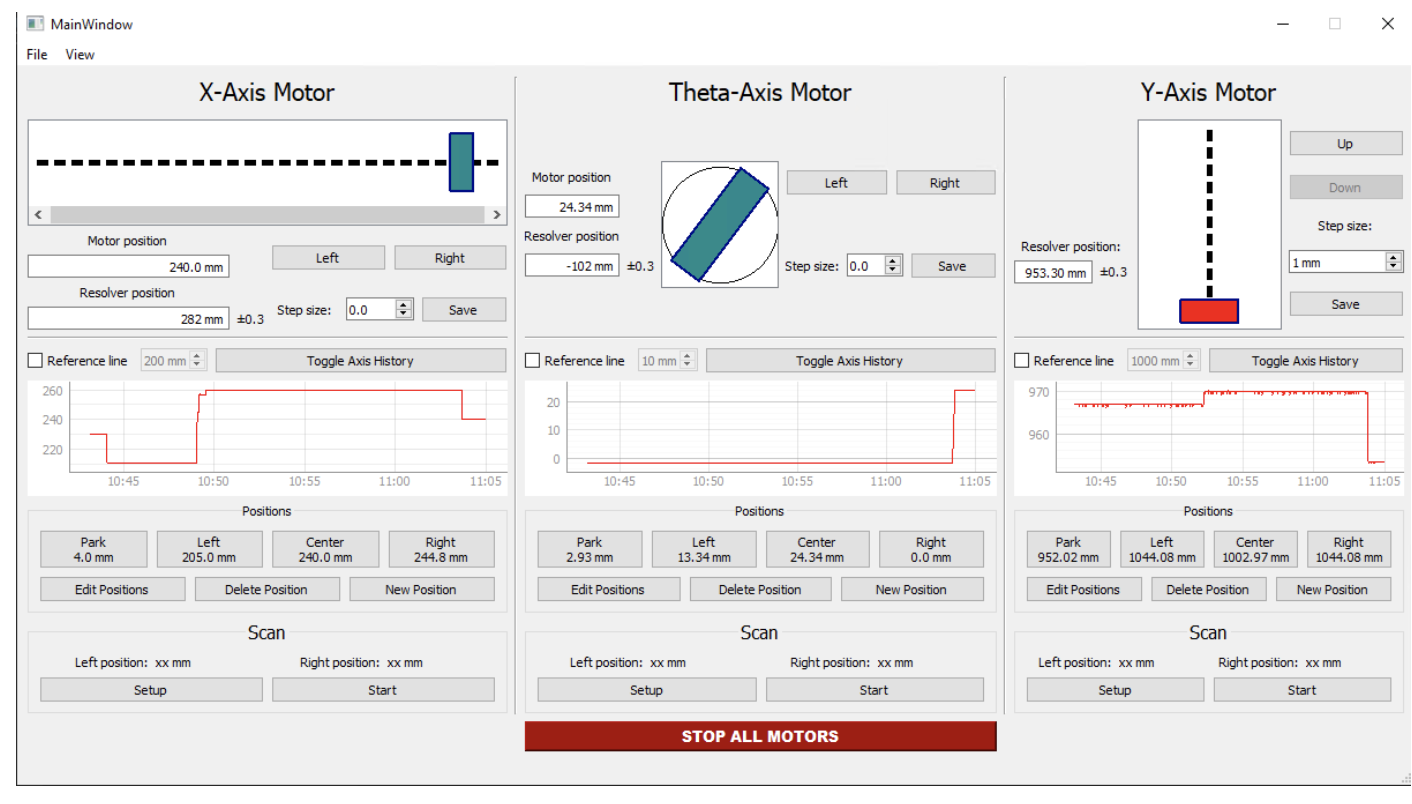
Figure 3: screenshot of the newly developed open-source software for the IRRAD equipment control.
Moreover, this new measurement station is now also satisfying new operational needs. These are mainly the capability to monitor on T8 low intensity high-energy heavy ion (HI) beams now being developed to assess commercial electronics components and modules (COTS) with irradiation experiments. This work is performed within a new working group created in 2020 (CHIMERA) [4] and is motivated by the collaboration framework that CERN has with the European Space Agency (ESA) [5] . Finally, to comply with the CERN requirement of migrating towards open-source software technologies, a new Motor Control Application (PIMCA) to operate the IRRAD equipment has been also developed and commissioned in the LS2. This new open-source Python software, based on pyQT, features Win/Linux compatibility as well as a backend database for logging the irradiation experiments data. A screenshot of one control panel of this new application is visible in Figure 3 [6].

Figure 4: Yearly statistics (beam intensity, number of irradiated objects and irradiation days) since the beginning of the operation of the new IRRAD facility.
The second part of the year 2021 was devoted to the recommissioning of IRRAD and following the first user run after the LS2. The recommissioning of the facility was particularly challenging due to the multiple changes to the T8 hardware and associated instrumentation during the LS2. The renewal of most of the SY-BI hardware in the PS East Area required the implementation and validation of a new series of dedicated signals essential for the operation of IRRAD while, in parallel, a new beam optics required to extract and deliver the irradiation beams from the PS to T8 was developed and tested by the PS operation team.
In this context, the allocated 8 weeks (54 days) of run for IRRAD were shared between the commissioning needs and the stable beam required to restart user experiments. In 2021, despite the ongoing re-commissioning, 18 experiments were executed, involving 190 samples (out of the 262 registered initially by the users) as shown in Figure 4. Teams from EP-ESE (2), TE-MSC (1), ATLAS (5), LHCb (3), CMS/RD50 (1), RD53 (2), EU/other R&Ds (2) and the R2E (2) project runs successfully experiments in IRRAD. The effort of 2021 paid back in 2022. In this first full year after the LS2, with 34 weeks (245 days) of irradiation, 54 user experiments were executed, involving more than 600 samples. 21 teams belonging to the CERN Experiments (mainly LHC projects working to complete the phase II upgrade, e.g., ATLAS ITk & HGTD, CMS IT & HGCAL, etc.), Six teams belonging to CERN equipment groups, as well as users from EU/R&D/external projects, run successfully ran experiments with the proton beam in IRRAD (see Figure 4) [7]. In particular, two complex experiments were performed in 2022: one using the cryogenic setup in IRRAD (TE-MSC) to study the properties of polymers for superconducting magnets under heavy irradiation conditions exceeding several tens of MGy (Figure 5 right-hand side), and the other to integrate ultra-high fluence levels (exceeding 1×1017 p/cm2) irradiating samples at low temperature to study timing properties in planar sensors as a function of irradiation and thickness in the framework of the EP-RD (Figure 5 left-hand side).
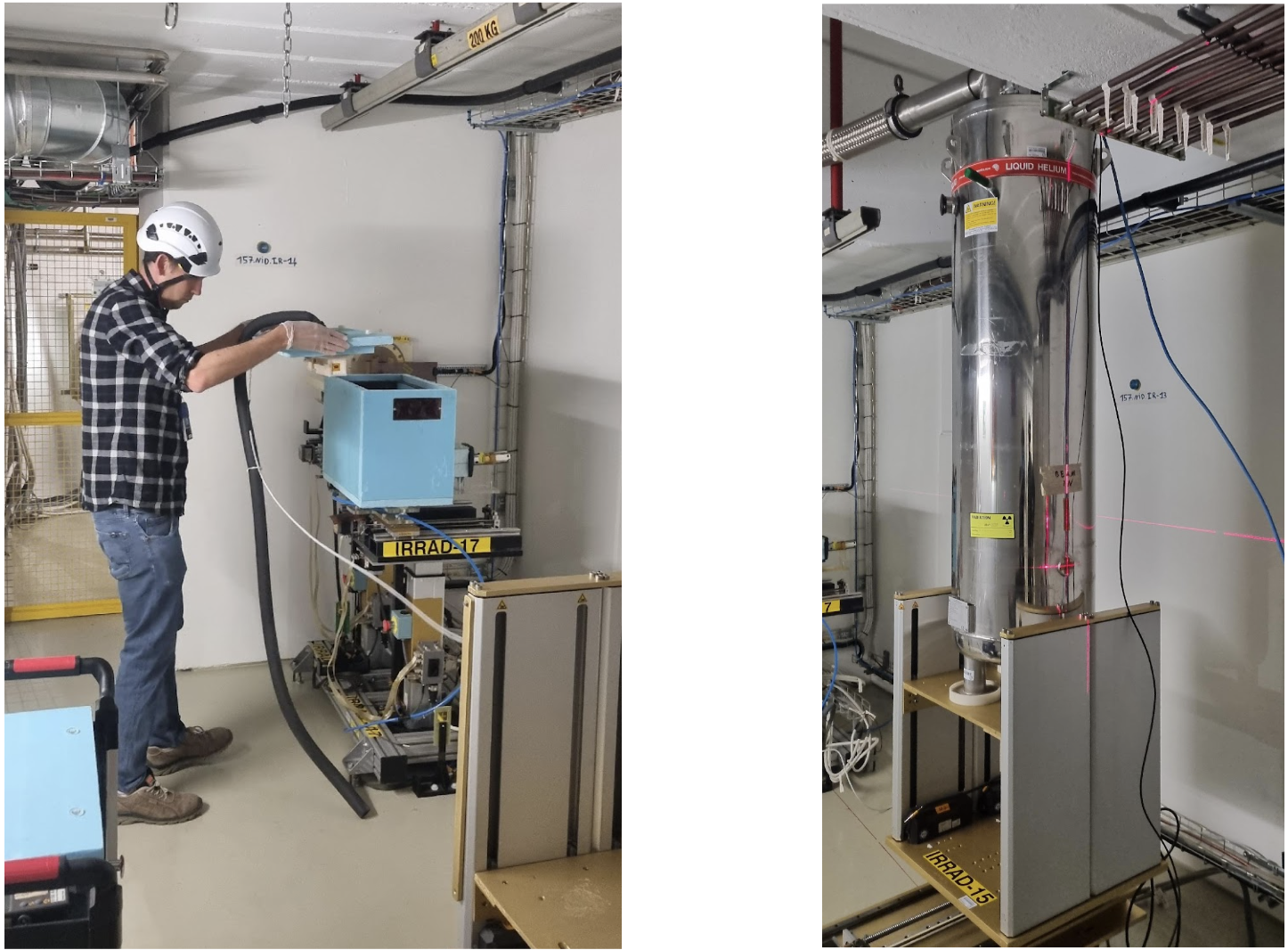
Figure 5: Complex experiments during the run 2022 at the IRRAD Facility.
The increasing number or irradiation requests from IRRAD users exceeding the typical proton fluence levels used for the HL-LHC components qualification (~1×1016 p/cm2), together with the increased usage of the CHARM irradiation area for component testing, motivated the needs to closely monitor the intensity received on the T8 irradiation line and the beam sharing among the East Area users and beamlines [5].
It has to be noted that nowadays, performing irradiation experiments in IRRAD up to/or exceeding 1017 p/cm2 fluence levels require exposing samples and material for the duration of the whole run (e.g. about one year). For this purpose, a set of Key Performance Indicators (KPIs) have been established, weekly monitored, and reported to the PS/SPS Physics Coordinator as well as to the CERN beam operation teams. This aims to maximise the beam intensity available for irradiation experiments in IRRAD and CHARM and thus fully exploit the capabilities of the renewed East Areas beamlines. An example of these KPI is shown in Figure 6 as implemented on the CERN Service for Web-based ANalysis infrastructure for interactive data analysis in the cloud [8]. Thanks to this improvement, an increase in proton intensity delivered to IRRAD of about 13% has been achieved in 2022 with respect to the best performance of the facility before the LS2. These indicators are currently being further improved and extended during the YETS 2022-2023 period especially for what concerns their real-time availability for the BE-OP operation team at the CERN Control Centre.
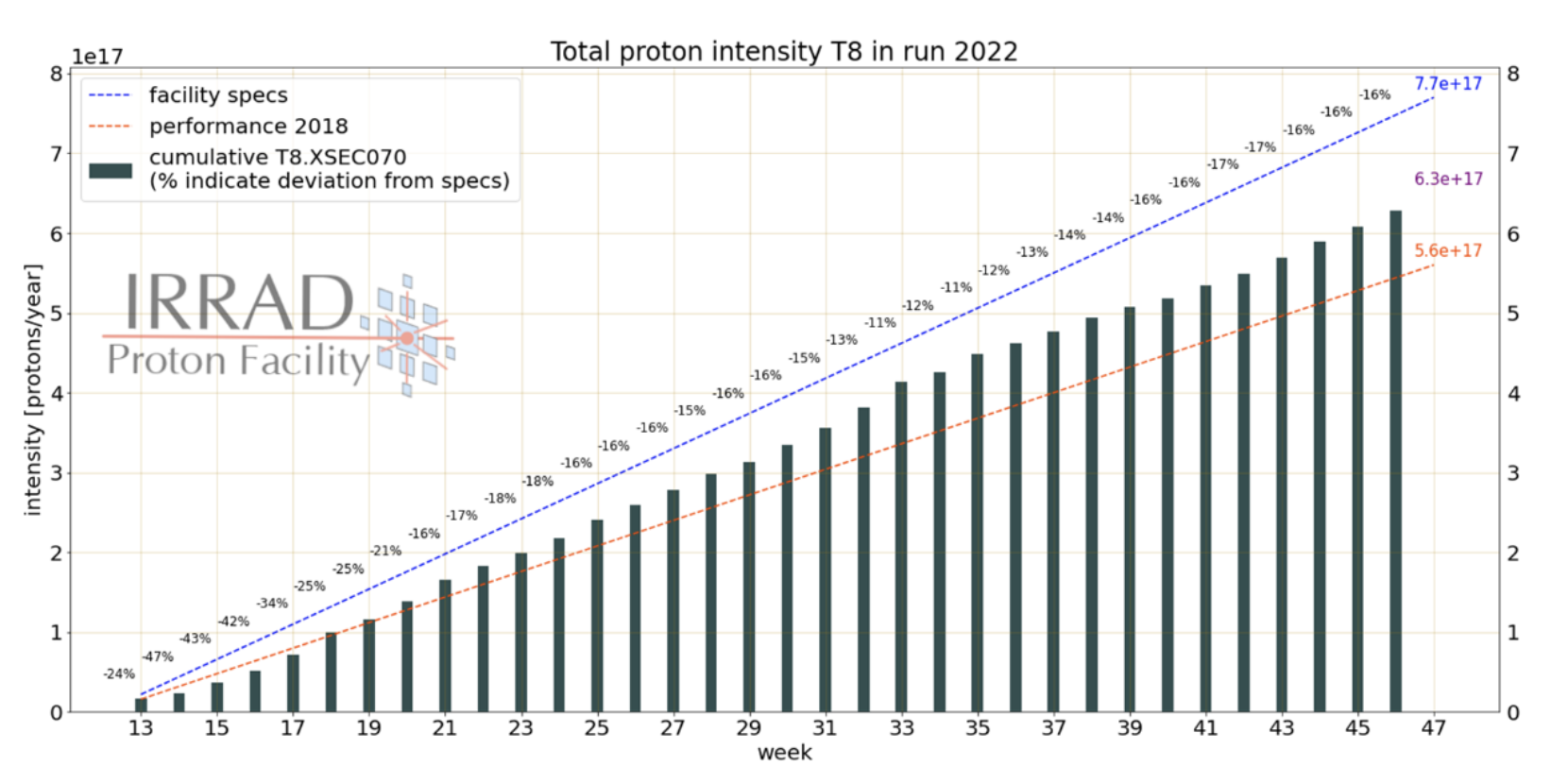
Figure 6: Total proton intensity delivered to the IRRAD Facility during the run 2022.
Another aspect for improving the capabilities of IRRAD to handle the increasing number of user requests and need for higher beam intensity, is to increase the space available for the user samples by reducing the material budget of the in-beam diagnostic needed to control the beam shape and position on T8 in real-time. For this reason, since 2019, the IRRAD team started an R&D initiative for the fabrication of new, nanometric-scale, Beam Profile Monitor (BPM) devices within the ATTRACT NanoRadMet project. These devices (simple, less-invasive, low-activation, high-sensitivity, and radiation resistant) aimed to fulfil the evolving needs of IRRAD and possibly the ones of much lower energy beam facilities (in the MeV, keV energy-range) [2]. In 2021, 25-μm Kapton-based devices featuring a small pattern of 6 pads (mini-BPM) with a 300-nm deposed sensitive Aluminum (Al) layer were fabricated at the EPFL-CMi, installed in IRRAD and integrated to the existing BPM DAQ (Figure 7, right-hand side).
The manufacturing of the first prototype of a nanometric larger pattern device with 39 pads and thinner Al-layer, developed in collaboration with the Campus Biotech Geneva Foundation (FCBG) Geneva, was also completed and tested with the proton beam in IRRAD in 2022 (Figure 7, left-hand-side). The first tests of these devices in IRRAD show a good linearity and increased S/N performance when compared to the old BPMs. At the moment, further studies are ongoing in order to increase the operation reliability of these devices. Besides the sensor itself, also the backend DAQ infrastructure for the IRRAD BPM is being upgraded. To improve its resilience a project was started aiming to improve the IRRAD BPM data exchange with the CCC accelerator control applications and logging (CMW, NXCALS, etc.) used to steer and control the T8 irradiation beam. Moreover, new dedicated DAQ electronics are being developed in collaboration with the Kansas University (USA) and the INFN-Napoli (Italy). This upgrade is needed to better match the electrical performance of the newly developed sensors as well as to supply further insight for beam diagnostic studies thanks to the increased time sampling capabilities down to the ms level [9].
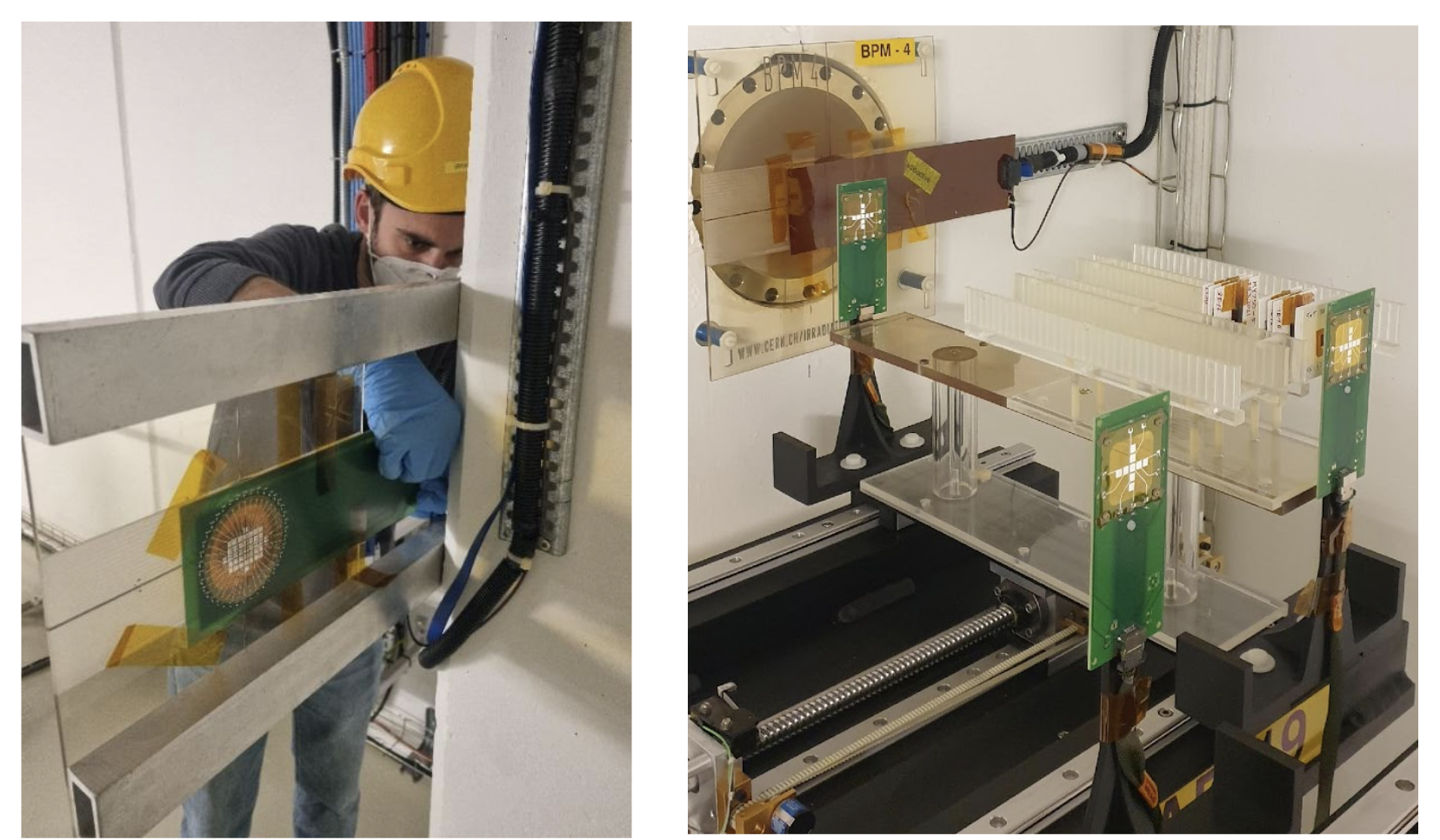
Figure 7: Prototypes of new full ‘large pattern” BPM device being installed for the test at the IRRAD facility (left-hand side). Mini-BPMs installed on a IRRAD table (right-hand side).
Most of the above-mentioned improvements and upgrades for IRRAD are sponsored and funded by several EU-funded projects: AIDAinnova and RADNEXT kicked-off during 2021 and the last-born EURO-LABS which, from 2023, will provide to the eligible IRRAD users Transnational Access (TA) funds to access this CERN infrastructure. Within AIDAinnova, the IRRAD facility and its team, together with their partner Mines Paris - PSL (Paris, France) is involved in Work Package WP4 (Upgrade of Irradiation and Characterization Facilities) together with 8 other partners across Europe. Besides continuing the development of the IRRAD data manager software application (IDM), an essential tool for today’s IRRAD operation support, its extension to other irradiation facilities (CERN GIF++ among others) and its improvement for exchanging data across various software platforms, within AIDAinnova the first series of irradiation experiments devoted to qualify RFID tags were performed at IRRAD in collaboration with the Italian colleagues from ENEA and CAEN.
For the RADNEXT project (which is aiming to create a network of facilities and related irradiation methodology for responding to the emerging needs of electronics component and system irradiation), the IRRAD team is contributing to the WP3 (Transnational Access Management and Harmonization) and WP4 (Roadmap and pre-design of future irradiation facilities). During LS2 the IRRAD team worked in the design and development of a customized Transnational Access (TA) web portal for the submission of the TA RADNEXT proposals as well as continued to improve and keep up to date the information available in the CERN irradiation facilities database which in these last year’s became the reference data source for users searching for suitable facilities to perform their irradiation experiments inside but also outside CERN. Last, but not least, RADNEXT WP4 is now also offering the possibility to begin studying and proposing technologically advanced solutions that can be used to tackle long-term requirements such as the evolution of the East Area infrastructure and the associated IRRAD and CHARM irradiation areas. This task aims to look into the future possible radiation-test qualification needs for the next generation of particle accelerators, colliders and experiments following the road being paved by the European Strategy for Particle Physics and the associated European committee for Future accelerators (ECFA) in these past years.
The next run of IRRAD is quickly approaching and the call for irradiation experiments in 2023 has already been opened. The IRRAD facility and its team is looking forward to this exciting new year to come and to follow up the several ongoing projects to keep this unique facility, its associated services, R&D and tools stably and reliably running towards the LS3, as well as to adapt to and satisfy the evolving needs of the CERN experimental community at large.
References
[1] CERN Shielding Benchmark Facility
[2] https://home.cern/news/news/accelerators/ls2-report-getting-ready-future-physics-east-area
[3] V. Meskova et al, “A Beam Profile Monitor for High Energy Proton Beams Using Microfabrication Techniques”, 9th International Beam Instrumentation Conference, Online, 14 - 18 Sep 2020, pp.TUPP37, https://cds.cern.ch/record/2772583/files/10.18429_JACoW-IBIC2020-TUPP37.pdf
[4] CHIMERA stands for "Charm High-energy Ions for Micro Electronics Reliability Assurance".
[5] CHIMERA mini-workshop: summary of 2022 results, https://indico.cern.ch/event/1233383/
[6] A. Smith Mølholm, B. Gkotse, F. Ravotti, “Python IRRAD Motor Control Application (PIMCA) : How to use”, CERN AIDA-2020-NOTE-2021-002, https://cds.cern.ch/record/2749936
[7] F. Ravotti, “IRRAD/CHARM Proton Run 2022: Summary”, https://indico.cern.ch/event/1225504/
[8] M. Koppitz, “Beam Parameters Analysis Interface for the Proton Irradiation Facility (IRRAD)”, https://cds.cern.ch/record/2841737
[9] N. Minafra et al., “Ultra-Thin Secondary Electron Emission Sensors for Beam Monitoring”, 10th Beam Telescopes and Test Beams (BTTB) Workshop, Lecce, Italy, 2022, https://indico.cern.ch/event/1058977/contributions/4631481/
Note: The author would also like to acknowledge the contributions of former project collaborators: A. Abdulhalim, T.I. Ciesielski, D. Bouvet (EPFL), M. Koppitz (CERN-EP), I. Suau Mateu, V. Meskova, A.S. Moelholm, A.M. Nunez Herrero, J.M Sallèse (EPFL), O. Sidiropoulou.
